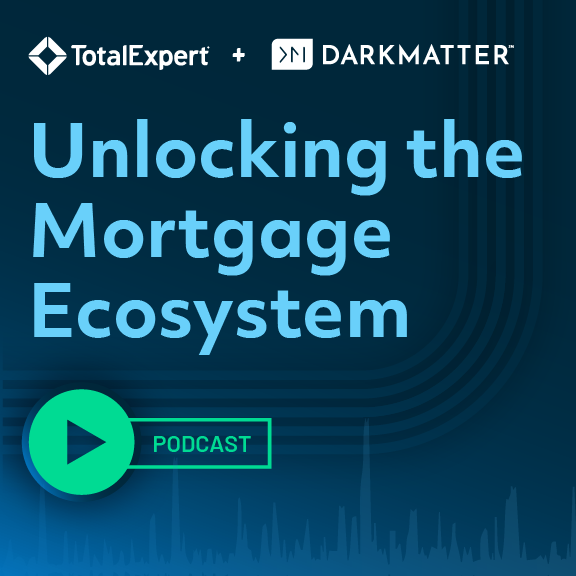Refinances are firmly in the background for the second consecutive month as purchase loans made up 68% of all originations, according to Ellie Mae’s June Origination Insight Report. To grow – or even compete – mortgage companies and producers must constantly increase their share of the purchase sector.
New data released by industry data and analytics provider Black Knight Financial Services shows that 1.5 million borrowers have purchased homes with less than 10% down in the last 12 months, accounting for nearly 40% of all purchase loans in that same timeframe. While high LTV mortgages are coming close to accounting for nearly half of all purchase originations, there’s a wide knowledge gap about their existence, availability and how they work among the general public.
Consider the following responses from industry professionals to a survey by Genworth Mortgage Insurance at the Mortgage Bankers Association Secondary Conference this past May:
- 28% said borrowers believe a down payment of 20% is required
- 41% said borrowers who know it’s possible to buy a home with less than 20% down believe it’s very difficult to do so
- 39% said a lack of general knowledge of the home buying process is responsible for first-time home buyer hesitation
We can’t estimate how many more renters would come forward to buy homes if they understood the many low down payment options available and the overall process better. But companies and MLOs can craft messages and communicate this important information not only to increase production, but to educate consumers and help them avoid missing out on this still-favorable interest rate climate.
Systemized, consistent outreach to leads, post close database and sphere of influence has become a minimum standard and of course it’s important to cover the basics and address the common pain points. But companies and MLOs seeking to make it to the next level need to take steps to move their markets rather than just reacting to them. For example, the Genworth survey numbers reveal that industry pros are encountering misconceptions and even fear among consumers, and the specter of the mortgage meltdown has consumers on edge about things like high LTV loans that sound almost too good to be true. It’s time to speak boldly to those concerns in addition to the traditional approach in email, print and conversations with consumers.
- Sample Subject Line/Talking Point: It doesn’t take 20!
Spread the word that it doesn’t take a 20% down payment to purchase a home. Use down and monthly payment scenarios on your partners’ listings to illustrate possibilities with today’s programs and integrate them into your emails, open house financing information and conversations. Make it known that less than 60% of purchase loans backed by government sponsored enterprises involve borrowers putting down 20% or more. Use this fact as an opportunity to discuss people’s plans in the next few years that may involve moving up, second or vacation homes.
- Sample Subject Line/Talking Point: We’re not bubbling over.
The public is inundated with mixed messages about the housing market, so be sure to address the many headlines about rising prices that have been swirling about all year. Today’s market is different from the conditions that led to unsustainable appreciation and crises of the past. Solid analysis from experts like S&P Dow Jones Indices managing director and chairman David Blitzer can help: “Housing is not repeating the bubble period of 2000-2006: price increases vary across the country unlike the earlier period when rising prices were almost universal; the number of homes sold annually is 20 percent less today than in the earlier period and the months’ supply is declining, not surging.”
- Sample Subject Line/Talking Point: Upgraded versions….
Loans and borrowers are higher quality today. People need to understand that the days of fogging a mirror and getting a mortgage are long gone and the professionals in the industry today care about their clients and their ability to afford a home – not just qualify for one. The average high LTV borrower of today has a credit score that’s 50 points higher than those approved for the same types of loans 2004-2007. Even though adjustable rate mortgages are available, they’re not used nearly as often as they used to be: Fewer than 1% of high LTV purchase loans are ARMs. Talk about today’s opportunities and future benefits homeownership can provide.
Determining and addressing objections that keep consumers on the home buying sidelines will help craft the messages that mobilize more people into the lead category where you can create engagement with edgy, education-based marketing. A renter can’t get excited about having their monthly housing dollars build equity if they mistakenly believe they’ll never be able to accumulate a sufficient down payment or that home prices are skyrocketing to the point they’ll never be able to afford to buy.
Help consumers past the roadblocks of misconceptions and fear so they can make informed decisions. The best way to increase your share of purchase business is to be involved in creating it.


